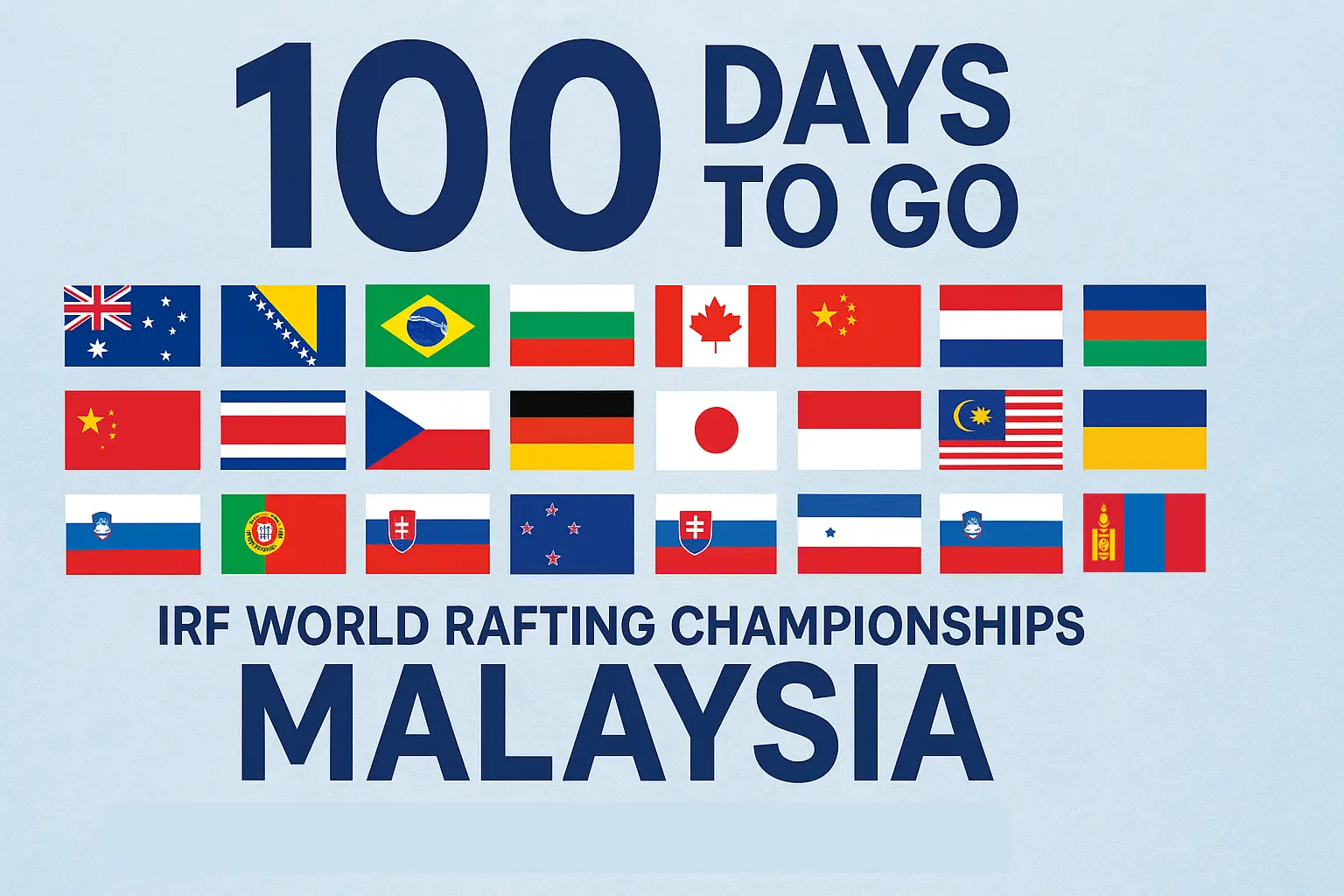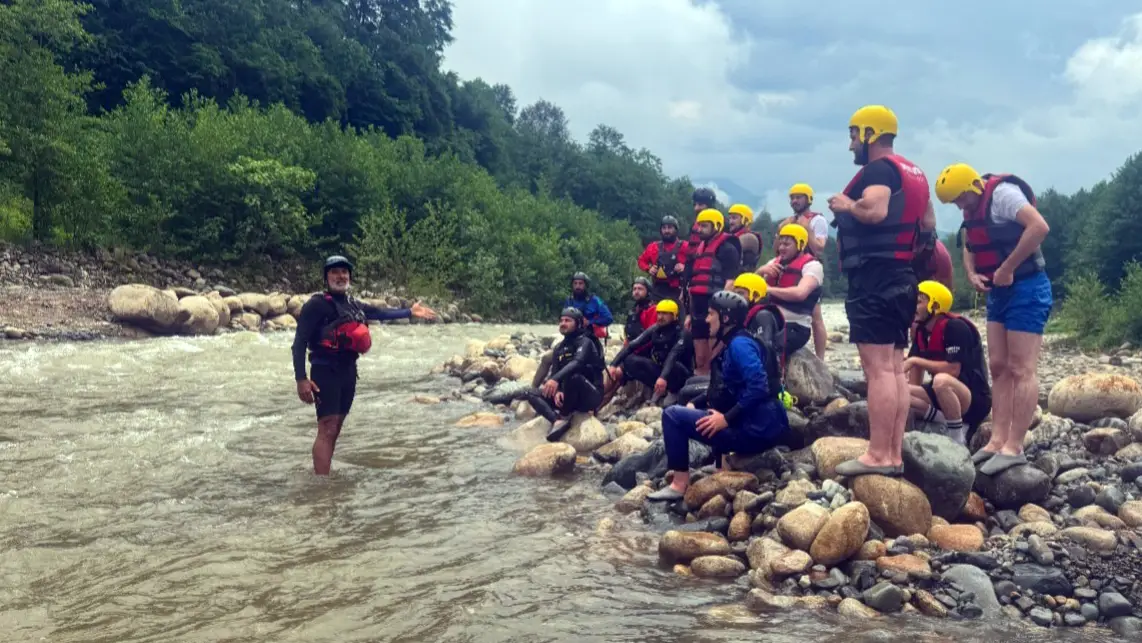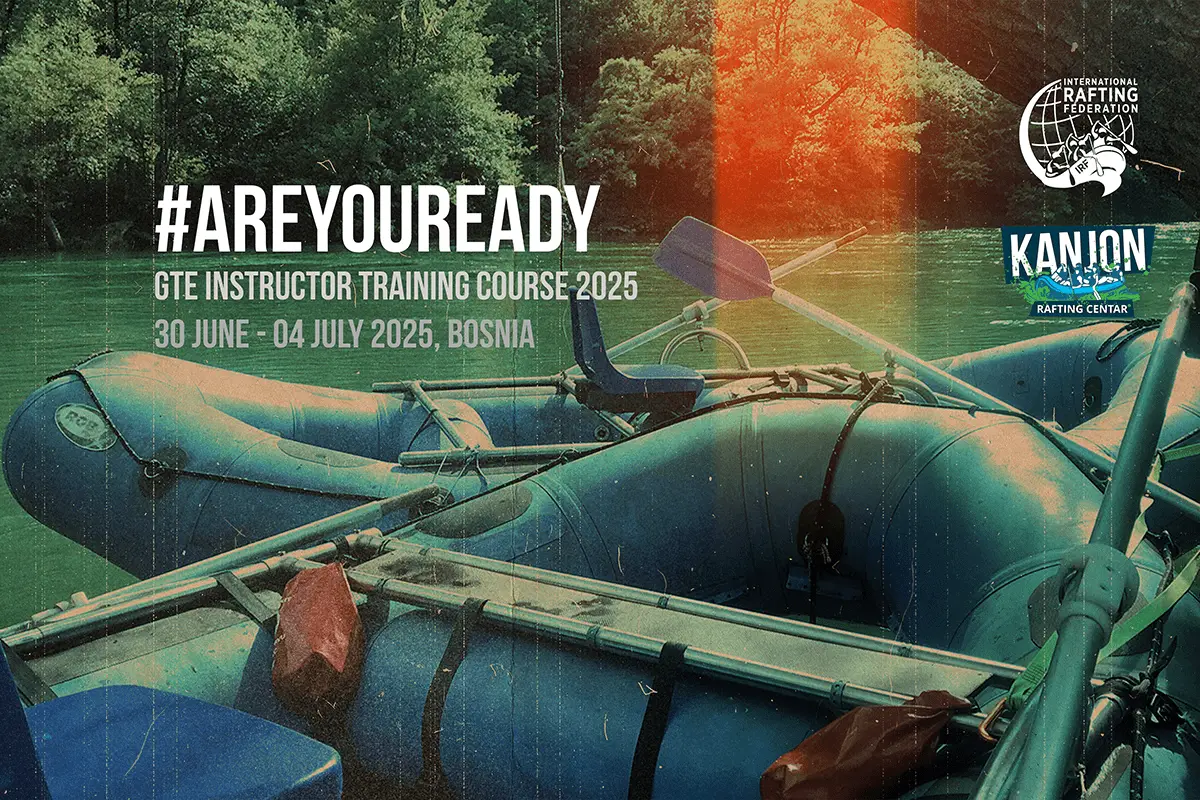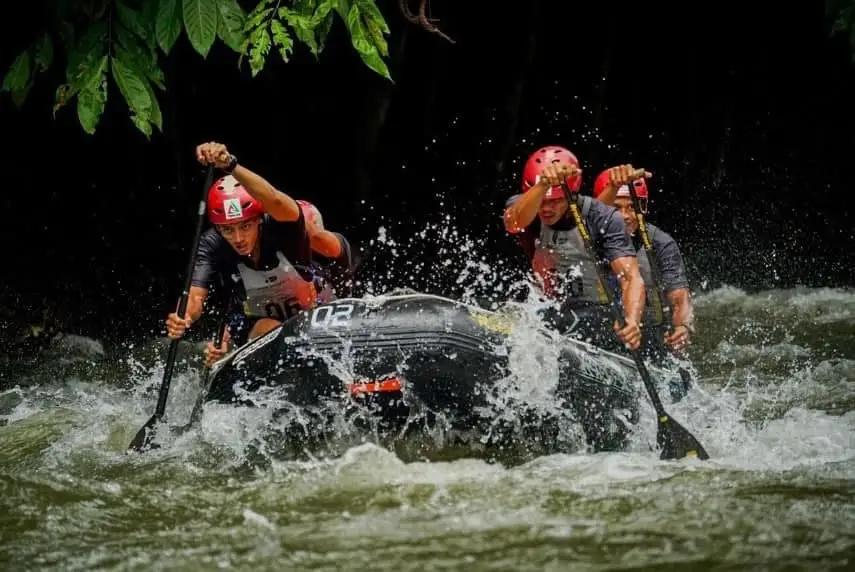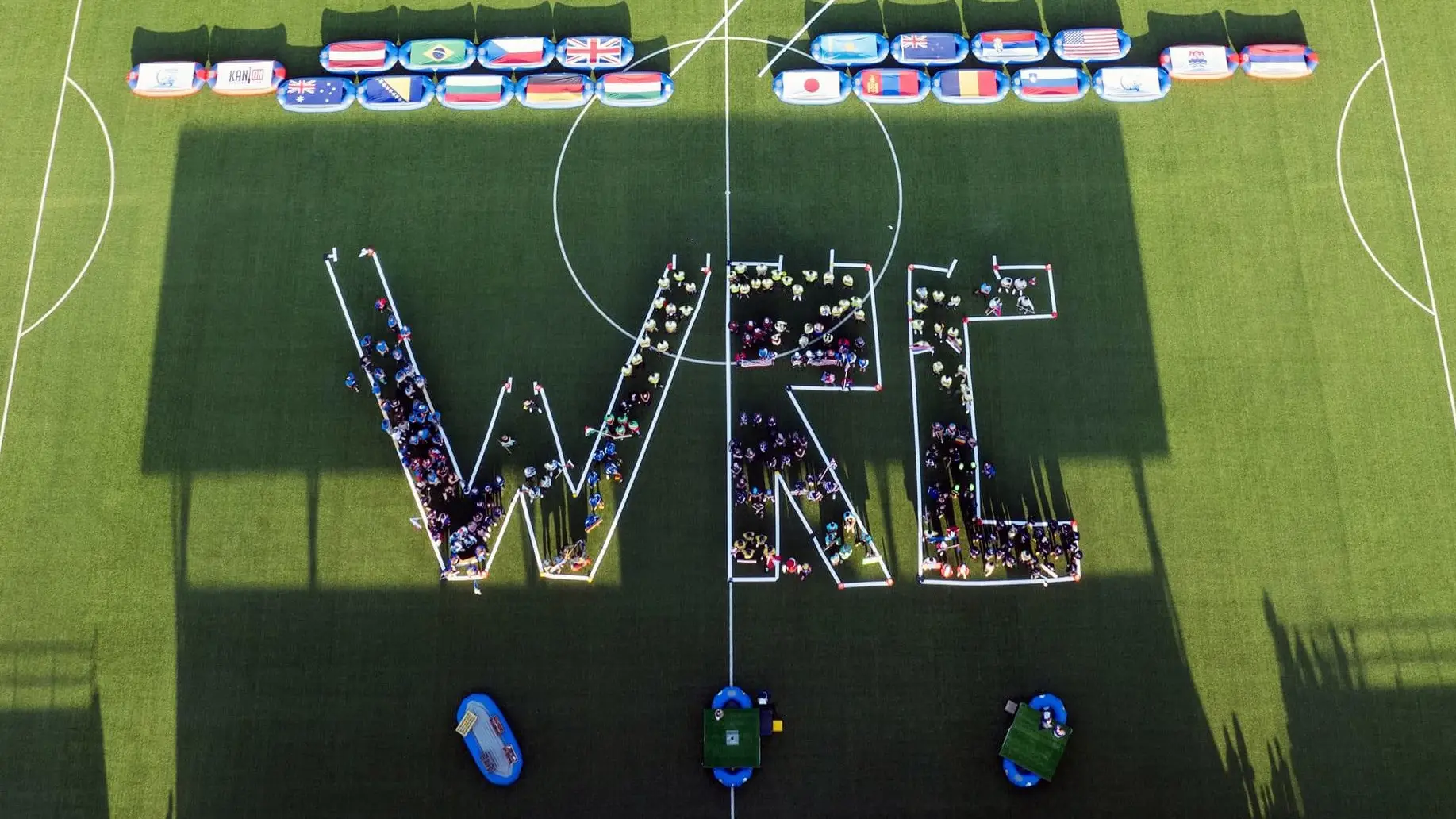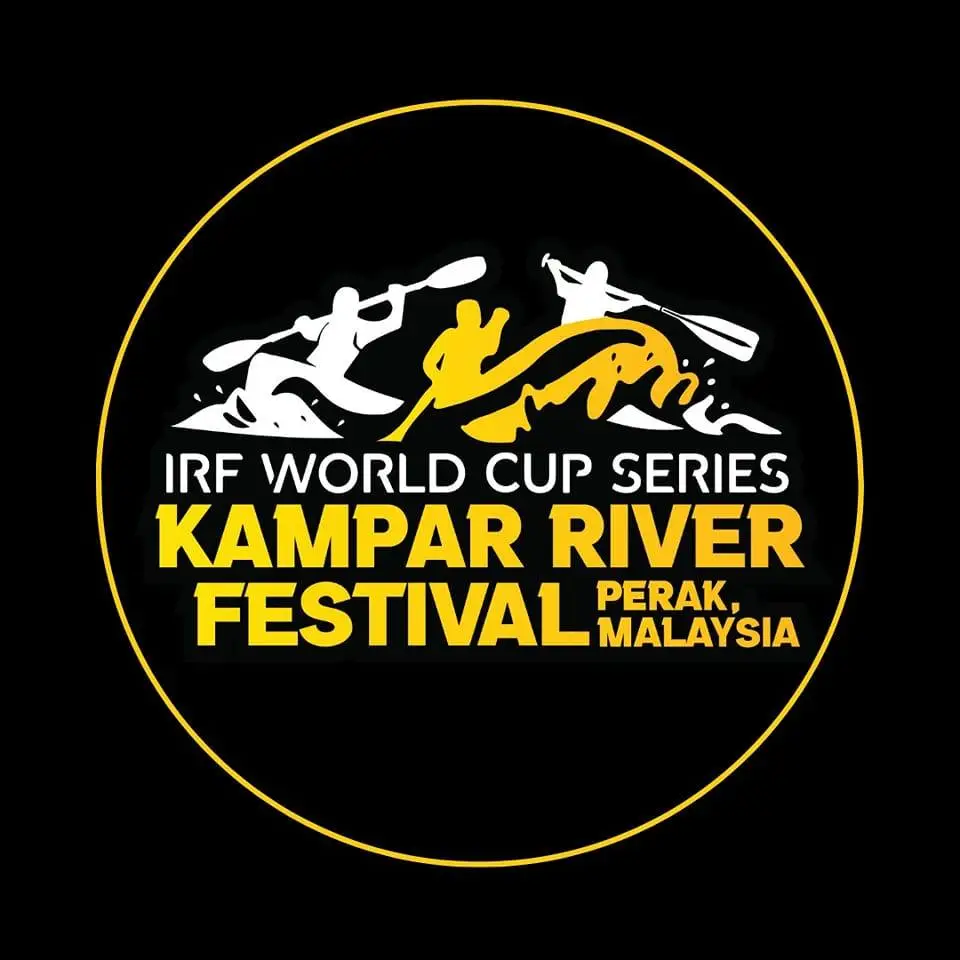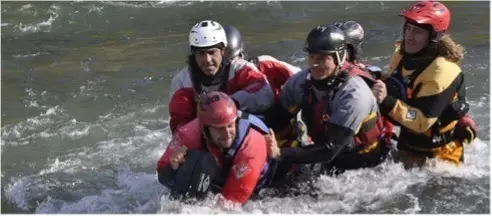Rafting season 2016 has already started with some national competitions. We have already witnessed flips and paddlers falling out of rafts, which is an integral part of this sport, but more nationals, EC, ERC and WRC are still ahead of us with some new rivers and some new challenges. So, the question is – how often do rafters ask themselves “What is MY personal responsibility as far as safety on the white water I will paddle?”
 Are you individually, and as a team, ready to respond to the dangers of rivers of Class 3, 4 or 5? What about the most important thing – self rescue knowledge. When did you last take time to do a course? Or go on a training workshop for rescue in wild waters? Throw your throw bag? Climb onto/into a raft from the water? Re-flip a raft? Pull a person into the raft from the water? Are you aware of your limits or will you be ashamed when you are forced to recap them during an emergency? How much of your lack of knowledge is endangering others around you? Do you know the river signals?
Are you individually, and as a team, ready to respond to the dangers of rivers of Class 3, 4 or 5? What about the most important thing – self rescue knowledge. When did you last take time to do a course? Or go on a training workshop for rescue in wild waters? Throw your throw bag? Climb onto/into a raft from the water? Re-flip a raft? Pull a person into the raft from the water? Are you aware of your limits or will you be ashamed when you are forced to recap them during an emergency? How much of your lack of knowledge is endangering others around you? Do you know the river signals?
Inspired by the following texts, I ask you to read them as well – Paddleboard Safety: Personal responsibility and Get over the “NOT ME, NOT TODAY” syndrome – as I do not want to repeat what they have put so beautifully in both these texts.
Besides what is said in the above articles, below are the IRF race rules and regulations that relate to personal responsibility/ participation in any races and which all competitors should ensure they are familiar with:
IRF Race Rules (see full rules here)
B. Teams and Competitors
12.d. – Where possible, Open and Masters National Selections should be run on venues with white water no less than Class IV in difficulty and Youth and Junior National Selections on Class III. The IRF must be confident that WRC National Teams are capable of paddling the Class of white water found at the venue on which that WRC is to be held. The IRF S&C Com, the Event Organiser, or the Safety Director may refuse a Team‘s entry if their paddling capabilities are in doubt.
12.e. – Any deviations from point a, b, c and d above by a National Federation should be in the interest of the Competitors, and if queried, deviations must be explained to, and accepted by, the IRF S&C Com.
J. Event Safety
- Every Competitor must provide his/her own personal safety equipment. This equipment must be used during the entire Event at all times while on the water. The required minimum personal safety equipment consists of the following:
a. A personal flotation device (PFD) designed specifically for whitewater use. The PFD must have a minimum buoyancy rating of 60N (7kg) and must be labeled as ISO approved, or labeled with an equivalent widely recognized national or international standard approved by the IRF. The IRF recommends the use of PFDs equipped with reinforced shoulder straps and an adjustable cinching system that permits the PFD to be tightly fitted.
b. A safety whitewater helmet that conforms to National and International standards
c. Appropriate protective footwear. Being barefoot is not allowed.
- Prior to the start of a race, an IRF judge or a member of the Event Staff may test PFDs to determine their buoyancy value. A 7kg counter-weight will be used for testing purposes. PFDs that do not meet the minimum buoyancy of 60N are banned from use in the competition. For safety reasons, Organisers may increase the minimum buoyancy of PFDs up to 100N (10kg).
- When water temperatures are low, the Organiser may require the use of a wet or dry suit, or other cold water protection. The IRF recommends wearing cold water protection for water temperatures below 15 degrees Celsius.
- On artificial course venues, Team safety equipment will be defined by the Safety Director. On natural river venues, it is compulsory in all disciplines that at least one Team Member carry the following minimum Team safety equipment:
a. Flip line.
b. River knife. River knives should be accessible with one hand.
c. Throw bag. Throw bags must be stored safely, and must be a minimum of 15 meters in length unless otherwise specified by the Event Organisers.
- Event Organisers must announce in the program at least three months in advance, information about the following:
a. required minimum person safety equipment (as per Rule J.1)
b. any increase in the minimum PFD buoyancy requirement (as per Rule J.2)
c. required cold water protective clothing specifications (as per Rule J.3)
d. required minimum Team safety equipment (as per rule J.4)
e. required length of the throw bag (as per rule J.4)
- Prior to the start of the first race, the Safety Director or a delegated member of the Safety Team may check a Team’s safety equipment. The Chief Starter or a delegated assistant may do the same. Any Team not complying with the safety equipment requirements will not be allowed to continue until the requirements are met. A Team‘s run may be forfeited if they do not satisfy the safety equipment requirements by their allocated start time.
-
 In any Event, Competitors take part at their own risk. Neither the IRF, nor Event sponsors, nor Organisers or Race Officials assume responsibility for accidents or damage that may occur during a competition. Every participant, including the Event Staff and Competitors, is obliged to act in a safety conscious manner at all times so as to minimise the risk of an accident or damage.
In any Event, Competitors take part at their own risk. Neither the IRF, nor Event sponsors, nor Organisers or Race Officials assume responsibility for accidents or damage that may occur during a competition. Every participant, including the Event Staff and Competitors, is obliged to act in a safety conscious manner at all times so as to minimise the risk of an accident or damage.
- Organisers registering Competitors for the Event may require proof that the registered Competitors have the ability to perform self-rescue. Competitors and/or Teams must have the following minimum selfrescue knowledge and demonstrative skills:
a. Re-righting a flipped raft quickly and unaided.
b. Climbing onto/into a raft unaided.
c Passive and aggressive swimming techniques in white water.
d. Passive and aggressive use of a throw bag.
e. Awareness and understanding of all risks involved in raft racing.
- Competitors are responsible for their actions on the shore and on the water regarding safety. Each Competitor is required to act in a safe manner, conscious of their own safety as well as that of their Team and other Event participants. Competitors are required to safely maintain their personal equipment, their position in the raft, and their set-up in the raft (e.g. eliminating potential dangers around them such as sharp edges, loose ropes, loops, open carabineers, etc.).
- The Safety Team is entitled to require adjustments on a Competitors personal equipment, their position in the raft and their set-up to meet safety requirements. Failure to follow the Safety Team’s instructions or requirements may result in penalties or disqualification from a discipline or the Event.
K. Officials and Duties:
3. Safety Director:
d. The Safety Director has the right to check the self-rescue abilities of any Competitor, and may disqualify a Competitor that is unable to comply with the minimum expectations as defined in Rule J.11.
e. The Safety Director may test the paddling skills of any Competitor, and can disqualify Competitors who do not possess the minimum skills needed to paddle the Class of white water required for the venue. If after testing, the Safety Director is in doubt of a Competitors skills, the Competitor may request a second test.
6. Chief Starter:
c.i: The Chief Starter can refuse to start a Team if the Team or a Team Member: i. Fails to respect the safety rules.
Another very important aspect of safety is river signals , which should be well known to all and which you can practice after training….
So we ask again … what is the level of your knowledge of self-rescue skills? Can you rely on team mates? Are you ready to fill all of the above commitments at competitions?
Go to some Guide Training & Education programmes, train with your team, yourself… safety is always first.
Stay safe out there, folks! :)
More videos:

